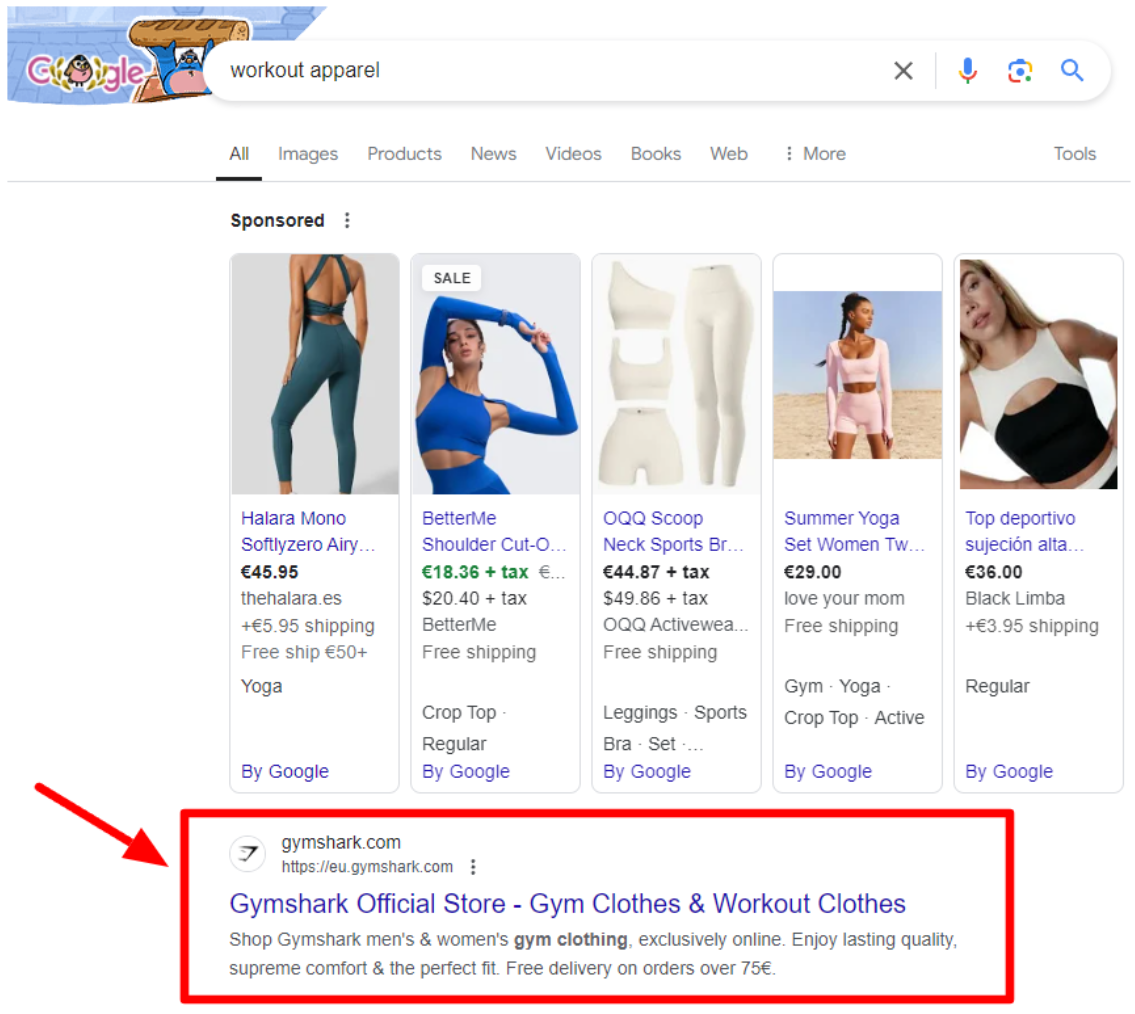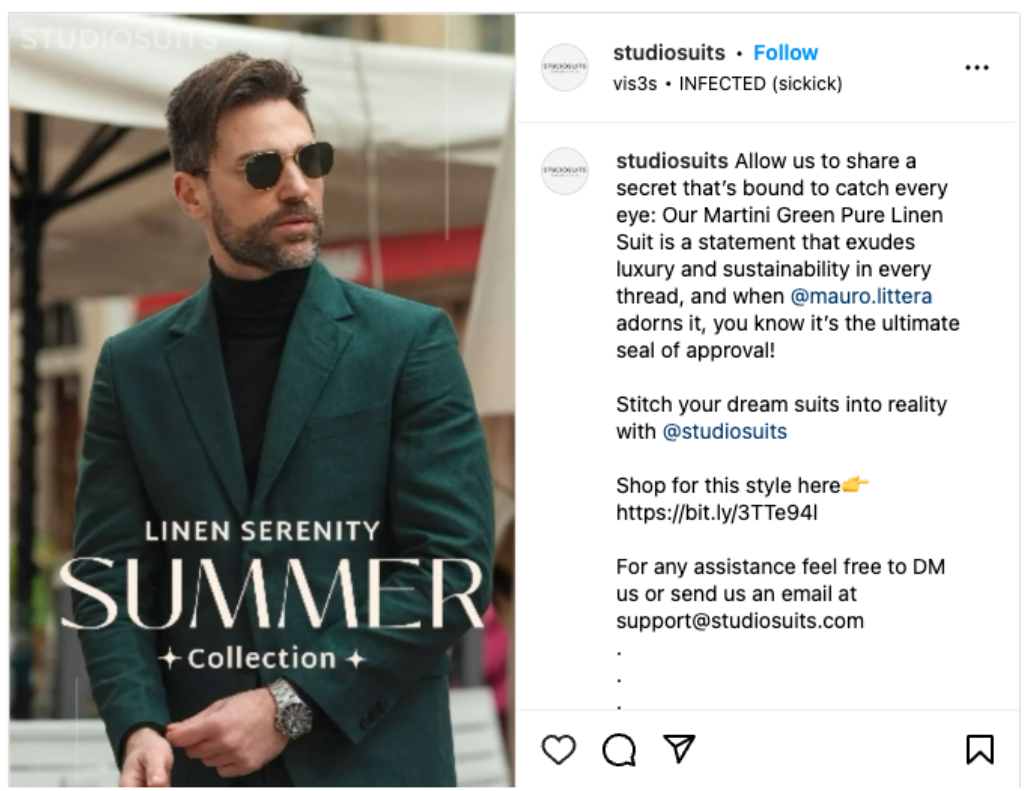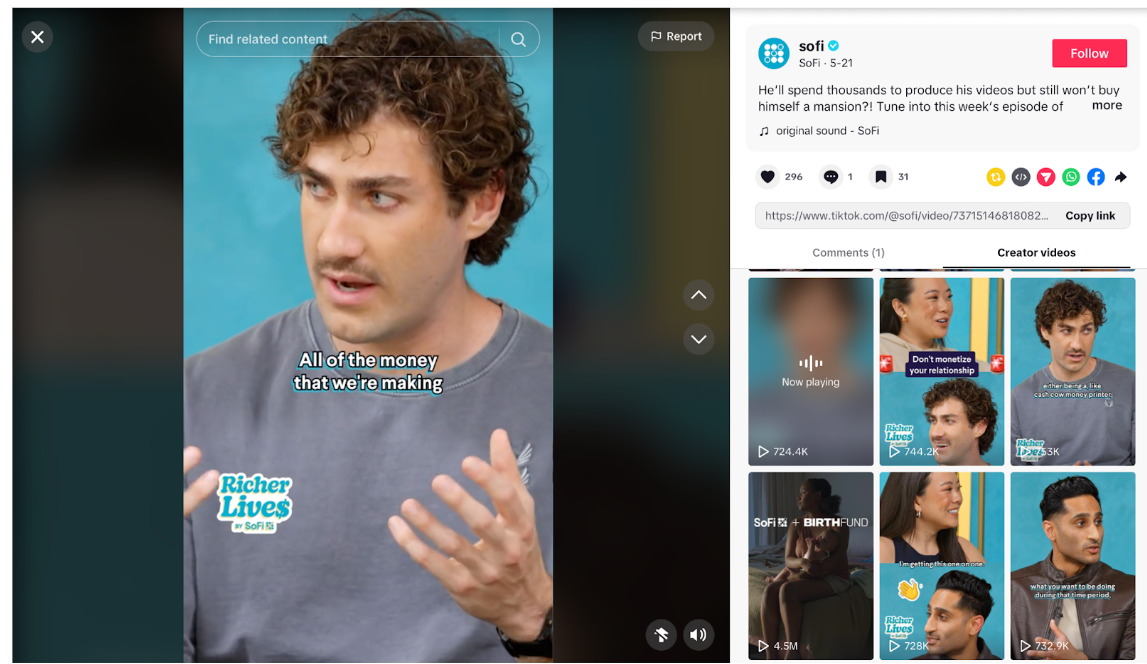How to Develop an Influencer Marketing Strategy That Boosts SEO and Brand Visibility
Learn how to develop an influencer marketing strategy that boosts SEO and brand visibility.
The most effective SEO strategies focus on a multi-prong approach..
A complete SEO strategy should include:
- A website (technical and on-page SEO)
- Blog content (on-page SEO)
- A backlink strategy (off-page SEO)
- And social media content (off-page SEO)
But trying to stand out on your own means you may see results happen at a snail’s pace. The key? Use influencer marketing to enhance SEO performance and boost brand visibility.
Since influencers have put in the work to cultivate loyal followers, they can help get more people interested in your content. They can also help generate backlinks and increase social signals. All of which can improve your search rankings. Let’s take a closer look at how influencer marketing applies to SEO and brand visibility. And how to craft your own SEO and content marketing strategy.
The evolution of AI is transforming marketing teams, enabling intelligent workflows, scalable operations, and smarter decision-making.
Download this FREE exclusive guide by Andrea Volpini and discover how AI and semantic technologies are reshaping the industry.
The Importance of Influencer Marketing in SEO
When you form intentional, strategic partnerships that align with your SEO goals and long-term brand growth, you can get more traction.
Search engines prioritize websites that are authoritative, relevant, and engaging. (And influencer marketing can help you check all of those boxes.)
Let’s take a closer look at this in the next section.
The SEO Connection
Influencers link to your website, landing pages, or product pages within their content, which builds backlinks. These are essential for SEO and building “authority.”
High-quality backlinks tell search engines your content is valuable and worth promoting.
Influencers also create social buzz that boosts visibility on social media platforms like TikTok, Instagram, and Snapchat. This can also inspire more brand mentions and website visits.
Consider the athletic wear brand Gymshark and its trusted partnerships with fitness influencers.
Its influencer marketing strategy kicked off by partnering with YouTube fitness influencers Lex Griffin and Nikki Blackletter, who featured and promoted Gymshark products in their videos.
Today, the brand has millions of followers across its social media accounts — and has continued to work with influencers after seeing success.
The campaigns encourage users to click through to Gymshark’s website, which increases organic traffic, backlinks, and sales. User engagement and high-quality mentions have also helped Gymshark climb the search engine results page (SERP) rankings.
In the following image, you’ll see that its website ranks first in the SERPs for the main keyword “workout apparel.”

Sponsored Content and SEO
Sponsored content has become a cornerstone of influencer marketing campaigns. It’s often seen as a way to make quick sales, but it also helps your SEO strategy when you use it correctly.
How Sponsored Content Helps
When influencers post sponsored content that includes backlinks to your site, they’re considered high-quality inbound links. This helps you build authority and attract more relevant visitors to your site. It also tells Google that your content is worth ranking higher (which means more relevant searchers can find you).
*Pro-Tip: Be strategic with your sponsored content. Don’t just focus on influencer reach or follower count — consider the influencer’s domain authority.
A backlink from a reputable blog or website with high domain authority can significantly boost your search engine rankings. Make sure the influencer’s content also naturally incorporates relevant keywords that align with your overarching SEO strategy.
For example, let’s say you run a skincare brand and partner with a beauty blogger to promote your products. The blogger writes a detailed review about your product line and includes relevant keywords like “natural skincare routine” and links to your website, creating high-quality backlinks.
These help improve your domain authority and increase your chances of ranking higher on the first pages of the SERPs for those specific keywords.
Building Brand Awareness with SEO and Influencers
Brand awareness is a key objective of influencer marketing. When combined with an SEO strategy, the results can be transformative.
Let’s dig deeper into this.
Collaborating With The Right Influencers
When choosing influencers, focus on people who share your brand’s values. Authenticity in influencer collaborations is pivotal to building trust because it translates into better brand engagement. This trust, coupled with well-placed backlinks, can help you scale your SEO efforts.
For example, StudioSuits, a men’s clothing brand, collaborates with influencers like Mauro Littera to promote its collections. When Mauro posted about the green suits collection, the brand saw an uptick in both social media engagement and web traffic.
His personal brand focuses on men’s luxury fashion, so partnering with Mauro makes sense.
Their aligned audiences and values led to more shares, links, and organic mentions, which boosted the brand’s visibility on search engines. The key takeaway here is that when influencers align with your brand and create authentic content, it significantly improves both brand awareness and SEO.

*Pro Tip: Use loyalty programs to keep influencers engaged long-term. For example, offer exclusive rewards, free products, or bonus commissions to influencers who regularly promote your brand. Consistent engagement means more frequent mentions, more backlinks, and better SEO performance.
Lead Generation: Combining SEO with Influencer Marketing
When integrated with SEO tactics, influencer marketing can become a lead generation machine.
Here’s How It Works
The key is making sure your influencer marketing campaigns are targeted and conversion-driven. Your influencers should create content that includes clear calls to action (CTAs), encouraging their audiences to visit your website, opt into your newsletter, or explore your products.
The more traffic influencers drive to your site through their content, the more leads you can capture.
For example, SoFi worked with influencer Eric Decker to promote financial wellness tips, including advice on credit card consolidation.
The partnership drove traffic to SoFi’s landing pages, which helped the brand capture new leads and increase search rankings. This synergy between influencer marketing and SEO has turned its campaigns into an ongoing lead generation tool.

*Pro Tip: Partner with influencers who can create content around gated assets, such as ebooks or webinars. Since users need to provide contact information to get access, you can use these campaigns to build up your lead lists.
Content Formats That Drive SEO Success
Not all content is equally effective when it comes to SEO. To get the most out of your influencer marketing efforts, choose the right content formats that resonate with your audience and align with SEO best practices.
Top Formats to Prioritize:
- Blog posts and guest posts: Written content is still one of the most effective ways to rank on search engines. Have influencers write detailed, keyword-rich blog posts or guest posts on their own platforms or as a guest on your blog.
- Video content: With video consumption (short and long form) on the rise, YouTube and Instagram videos offer an excellent way to boost SEO. Influencers can create product reviews, tutorials, or unboxings that include product links and optimized keywords.
- Podcasts and interviews: Audio content is becoming more popular. Podcasts can be another way for influencers to share your brand story, with links and mentions that point back to your website.
*Pro-Tip: When working with influencers, ensure that their content has important keywords, meta tags, and optimized descriptions. This will help every piece of content maximize its SEO potential.
Crafting a Winning SEO and Content Marketing Strategy
To fully capitalize on the potential of influencer marketing for SEO, have a well-rounded content marketing strategy.
Focus on:
- Audience research: Identify the audience you want to target. Research the influencers with an engaged following who fit your ideal customer profile.
- Keyword optimization: Work with influencers to ensure they use your targeted keywords naturally in their posts, videos, and articles. This can range from product descriptions to calls to action to metadata.
- Content calendar: Map or sketch out a content calendar that aligns with your SEO goals. This should include a mix of long-form blog posts, short social media updates, and video content that drives both engagement and SEO value.
- Collaboration depth: Go beyond a single post or mention. Build long-term relationships with influencers who understand your brand so they can create consistent, authentic content over time.
Aim for a diverse content portfolio — videos, blogs, podcasts, and social media posts. This diversified approach will help you reach a broader audience and improve your SEO across multiple channels. (Remember that multi-prong approach we mentioned earlier?)
Remember, effective leaders guide their teams in identifying the right influencers, setting clear goals, and fostering strategic partnerships that align with your company’s vision.
When prioritizing leadership development, you ensure that your SEO and content marketing teams have the skills and foresight needed to build impactful influencer campaigns that enhance both SEO performance and overall brand visibility.
Measuring Success: SEO Metrics and KPIs
Once your campaigns are live, track the right metrics to understand their impact on SEO.
Take a look at your:
Backlinks and domain authority
Use tools like Moz or Ahrefs to track the number of backlinks influencers are generating and how they’re affecting your domain authority.
Organic traffic
Use Google Analytics to monitor any changes in organic traffic driven by influencer campaigns.
Look for spikes around the time content goes live.
Engagement rates
Track the engagement level on your influencer posts. High engagement rates can lead to more social signals and help you build a stronger online presence.
Lead conversion rates
If your goal is lead generation, pay close attention to the conversion rate of the traffic generated from influencer content. For example, look at how many visitors add their names to your email list or purchase your product.
SEO rankings
Regularly check your keyword rankings.
Are you ranking higher for targeted terms after an influencer campaign?
Enhancing your strategy with WordLift
Influencer marketing, when combined with SEO, can significantly boost your brand’s online visibility and search rankings. However, to truly optimize your efforts, leveraging a tool like WordLift can give you the edge you need.
WordLift’s AI-driven insights help you structure your content for better search engine visibility, so influencer-generated content has maximum impact.
With WordLift’s semantic technology, you can enhance content visibility, engage your audience more effectively, and track performance metrics that align with your SEO and influencer marketing goals. Complete the form to stay updated and discover more about AI-powered content optimization with WordLift.